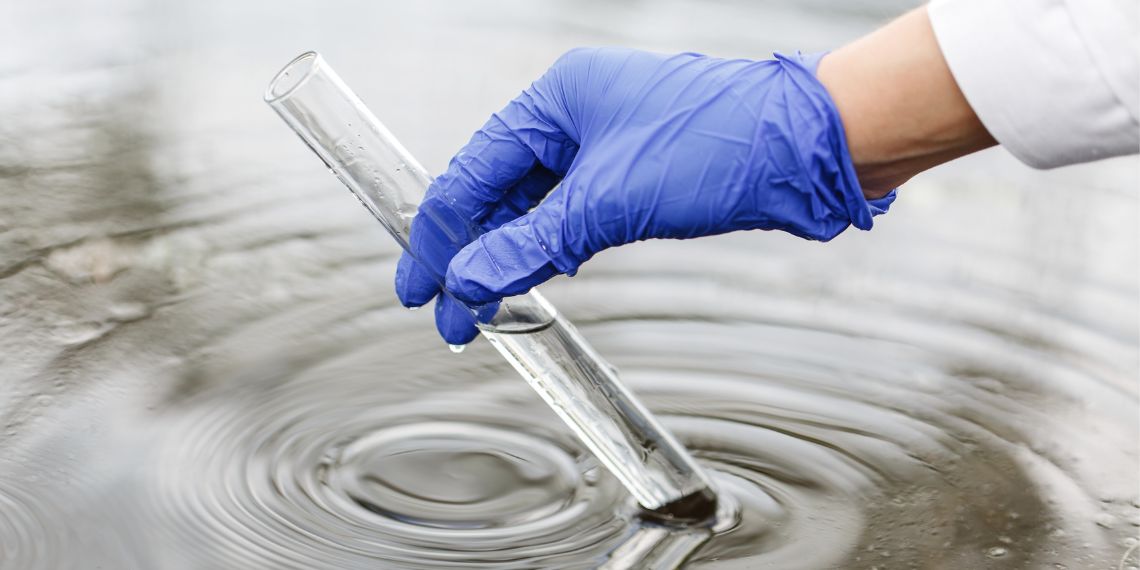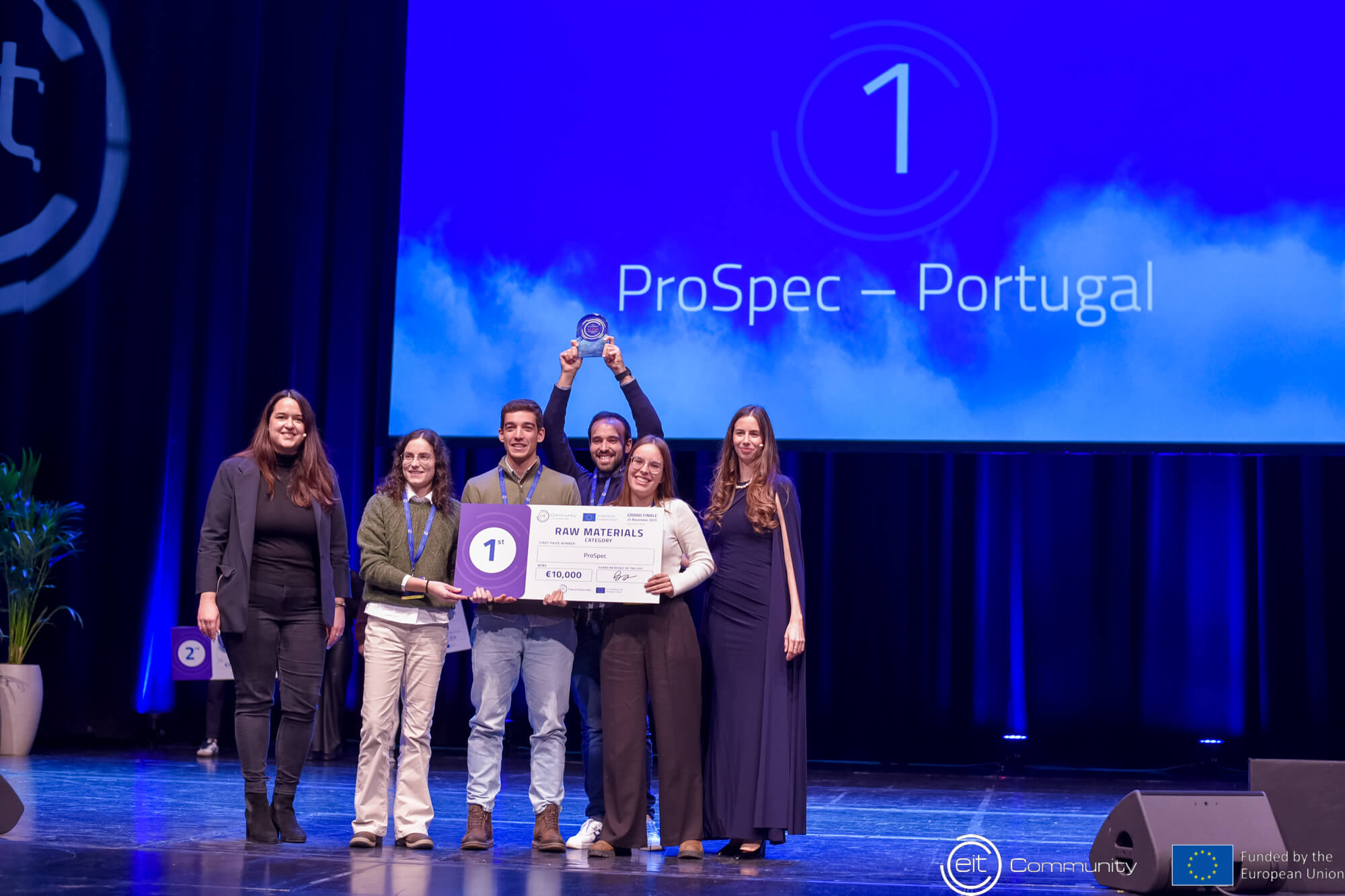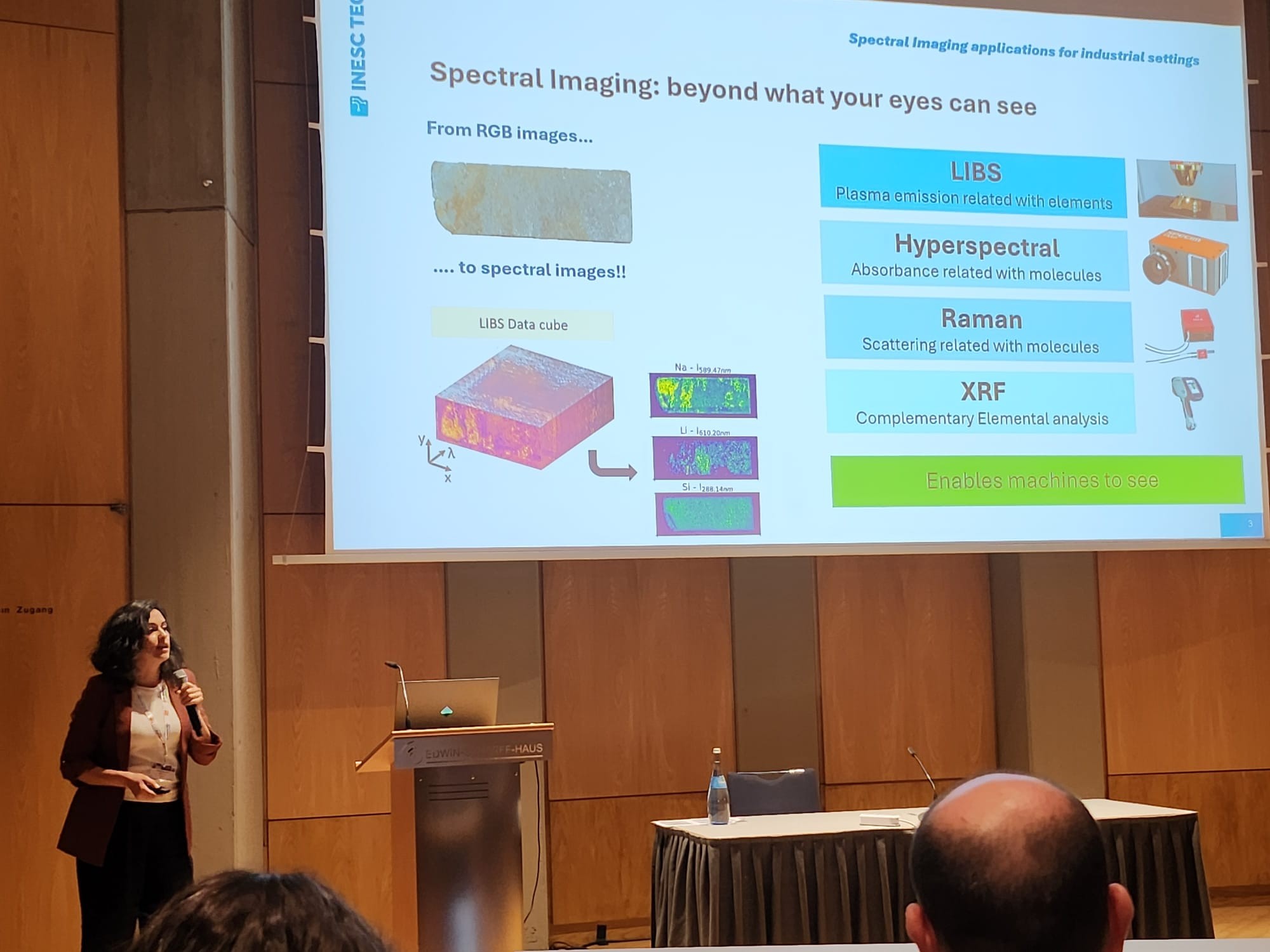Fotónica
A Fotónica é amplamente reconhecida como fundamental para fazer face a várias lacunas tecnológicas, nomeadamente na medicina, nas telecomunicações e na informática.Baseada na eletrónica e ao utilizar métodos como o processamento de sinais e de dados e a fusão de sensores, os dispositivos ópticos e as técnicas de processamento podem permitir o diagnóstico e a terapia em tempo real à nanoescala, a deteção e monitorização a longo prazo de ambientes naturais e industriais extremos e redes ultra-eficientes em chips.
Enquanto os elementos ópticos lineares podem ser utilizados para implementar portas quânticas básicas, espera-se que a investigação sobre sistemas não lineares produza portais quânticos avançados, essenciais para a implementação de algoritmos quânticos em grande escala.






